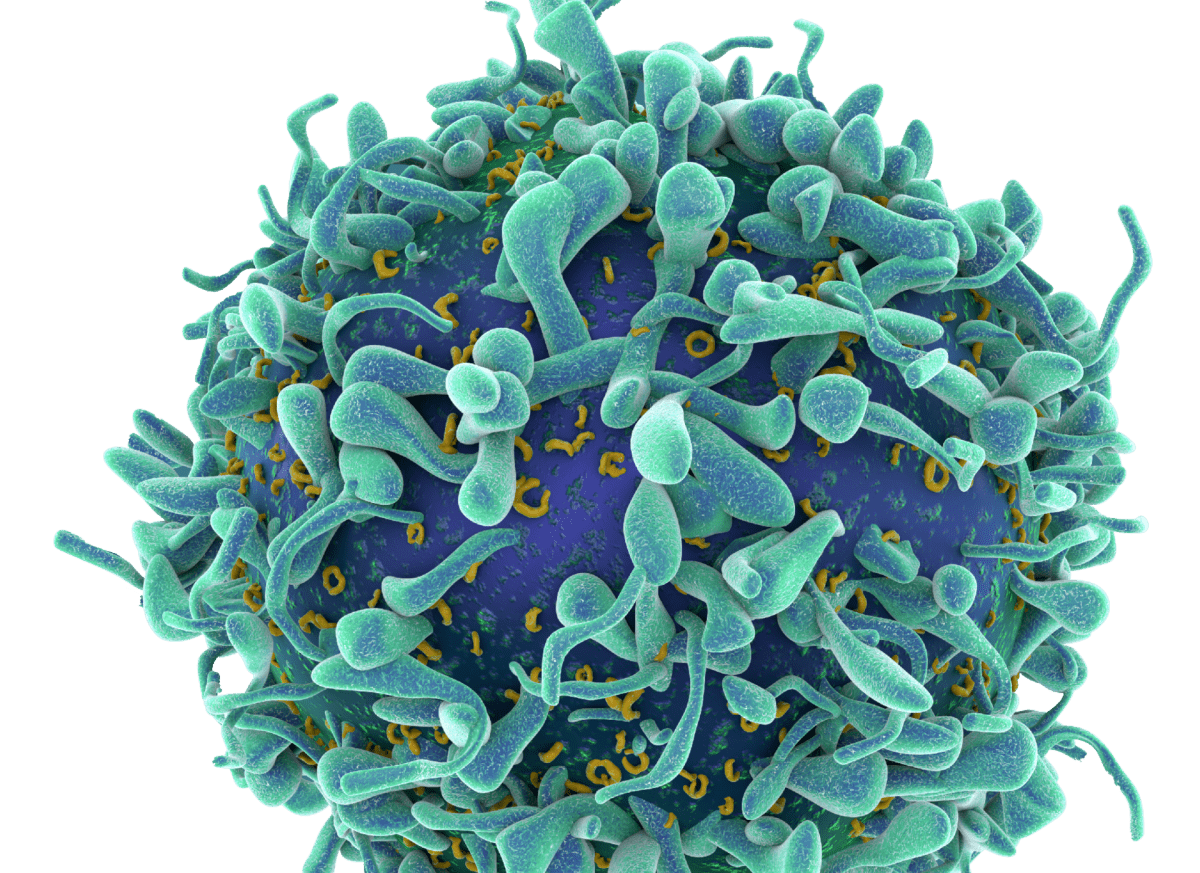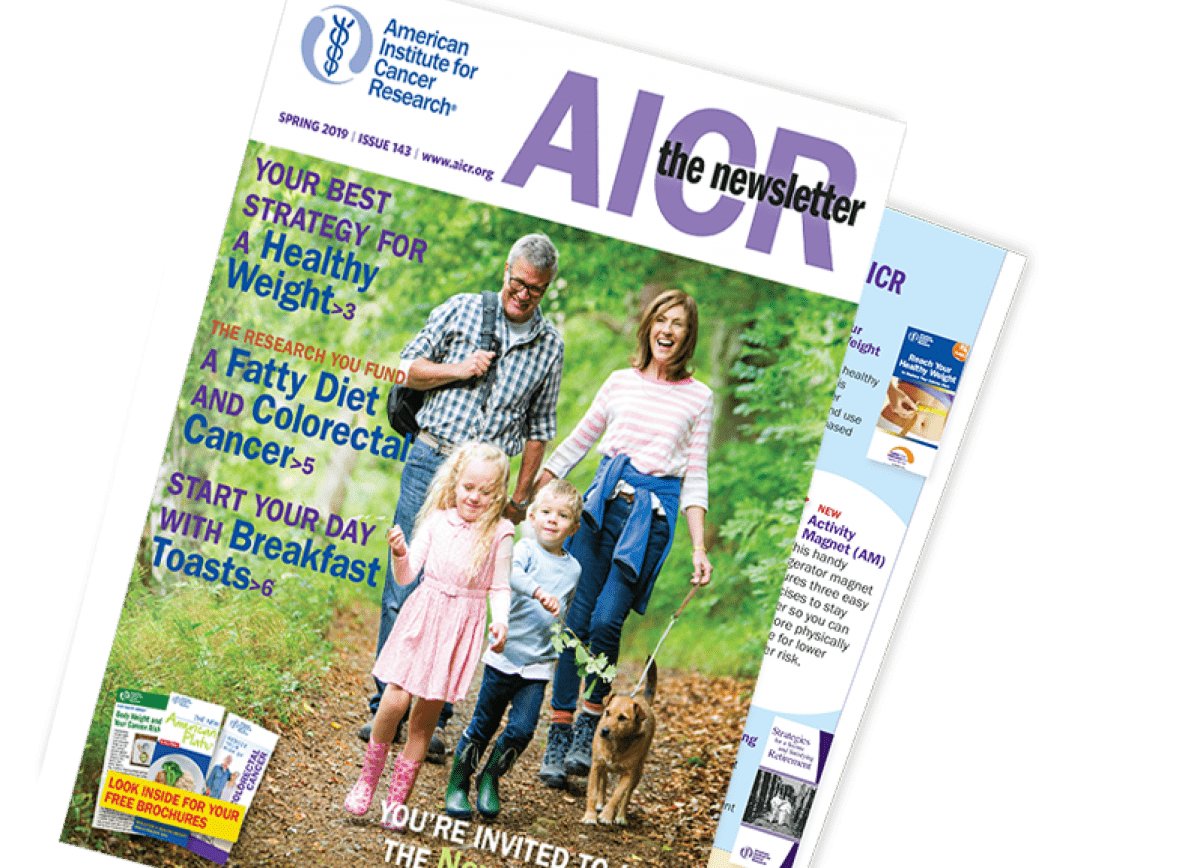Winter 2021 Archive
Late last year, the IRS issued proposed amendments of regulations reflecting longer life expectancies [REG-132210-18]. Since 2001, a uniform table has been used to determine required minimum distributions (RMDs), regardless of the named beneficiaries. The tables are based on the ages of the IRA owner and a presumed beneficiary 10 years younger than the owner. (A special table may be used if the IRA owner’s spouse is more than 10 years younger.) Under the new regulations, RMDs from IRAs will be lower than under current tables. For example, the RMD for a 75-year-old is currently 4.37% of the IRA balance, based on a distribution period of 22.9 years. Starting in 2021, the distribution period is 24.6 years for an RMD of 4.07%.
The Taxpayer Certainty and Disaster Tax Relief Act of 2020, included in the Consolidated Appropriations Act signed into law in December, extends for another year several provisions to encourage charitable gifts. These provisions were originally part of the CARES Act (Coronavirus Aid, Relief and Economic Security) enacted earlier in 2020.
Taxpayers who don’t itemize can deduct for cash gifts to charity. The limit in 2020 was $300. For gifts in 2021, the limit is $300 for single filers and $600 for joint filers. This does not apply to gifts made to donor advised funds.
The deduction limit for cash gifts to charity by those who itemize increases from 60% of adjusted gross income (AGI) to 100%. Gifts of appreciated assets remain deductible up to 30% of AGI. Gifts in excess of these limits may be carried over for up to five additional years.
Corporations may claim deductions for gifts to charity up to 10% of taxable income. Through 2021, the deduction is increased to 25% for cash gifts, with a five-year carryover.
Charity may begin at home, but philanthropy has no geographical boundaries. The deductibility of cross-border generosity depends on a number of factors.
Inter vivos gifts to foreign charities
Generally, a gift from a U.S. citizen to a foreign charity does not qualify for an income tax charitable deduction. Code §170(c)(2) defines a charitable contribution as a gift made to or for the benefit of an organization “created or organized in the United States.” There are exceptions, created by tax treaties, such as the Convention Between the U.S. and Canada with Respect to Taxes on Income and on Capital. Article XXI provides that a gift by a U.S. citizen or resident to an organization that is resident in Canada and is generally exempt from Canadian tax and which could qualify in the U.S. to receive deductible contributions if it were resident in the U.S. is treated as a charitable contribution. A corresponding Canadian deduction is allowed for Canadian citizens making gifts to U.S. charities.
Bequests to foreign charities
Unlike the income tax code, the estate tax laws permit a deduction for bequests to foreign charities, provided the funds are restricted to exclusively religious, charitable, scientific, literary or educational purposes [Code §2055(a)(2)]. For example, a bequest to an orphanage located in a foreign country qualified for a charitable deduction (Letter Ruling 9853037) as did a bequest to rebuild a mosque in a foreign country (Letter Ruling 200024016). But a bequest left outright to a foreign country did not qualify for a charitable deduction because the use of the funds was not restricted to charitable purposes, even though the foreign country intended to so use the funds (Letter Ruling 8748001).
Gifts to U.S. charities operating in foreign countries
Many charities organized in the U.S. have foreign affiliates or perform charitable work in foreign countries. Gifts to such charities for use outside the U.S. may qualify for an income tax charitable deduction provided the American charity is not merely a conduit for funneling contributions to the foreign country. If the U.S. charity reviews and approves the use of the funds as being in furtherance of its own exempt purposes and if it retains control and discretion over the use of the funds, an income tax charitable deduction is allowed [Rev. Rul. 66-79].
Charitable remainders following qualified domestic trust
The unlimited estate tax marital deduction is not available where the surviving spouse is a non-citizen [Code §2056(d)]. Any estate tax that might be owed can be postponed by the use of a qualified domestic trust (QDT) [Code §2056A]. If assets of the QDT pass to charity at the death of the surviving spouse, an estate tax charitable deduction will be allowed, similar to the treatment of a charitable bequest following a QTIP trust [Code §2056(b)(8)].
Some clients who hesitate to part with assets during their lifetimes are more than happy to remember charities in their estate plans. While only a few thousand estates per year are subject to estate tax, careful planning can enable charitable bequests to provide income tax savings.
Property passing to charity from a decedent generally qualifies for the estate tax charitable deduction. The transfer must be to an organization described in Code §2055(a) and the property must (1) be included in the decedent’s gross estate and (2) be considered “transferred by the decedent. Charitable bequests are 100% deductible; there is no deduction ceiling as with the income tax charitable deduction. Bequests should be contingent on the organization being a qualified charity at the decedent’s death and should name an alternative charity (or permit the executor or trustee to name an alternative charity) in the event the named charity is no longer qualified.
What assets should be considered in planning a charitable bequest?
Income in respect of a decedent
Items of income earned by a decedent before death but paid to the estate after death are considered income in respect of a decedent (IRD). If left to other beneficiaries, IRD assets are subject to both income tax and possibly estate tax. Because charities generally don’t pay income tax, they keep every dollar of bequests of IRD assets. In addition, a bequest of IRD qualifies the estate for a charitable deduction. IRD assets include:
- Interest on U.S. savings bonds.
- Accounts receivable of a cash-basis individual.
- Renewal commissions of insurance agents.
- Deferred compensation, last salary check, bonuses and distributions from employee benefit plans.
- Accrued royalties under a patent license.
- A deceased partner’s distributive share of partnership income to the date of death.
- Payments on installment obligations.
The will or trust should specifically bequeath the IRD assets to charity to avoid an income tax. Charity can also be named the death beneficiary of an IRA or 401(k) account.
Ordinary income property
The income tax charitable deduction for a gift of ordinary income property to charity is generally the donor’s basis [Code §170(e)(1)(A)]. For example, the deduction for a gift of artwork by the artist who created it would be the artist’s basis, rather than fair market value. No such reduction applies in the estate tax charitable deduction. The artwork is included in the artist’s estate at its fair market value, which is also the value for estate tax charitable deduction purposes.
Tangible personal property
If an individual makes a lifetime gift to charity of tangible personal property (e.g., a painting, boat or coin collection) and the charity puts the gift to an “unrelated use,” the donor’s deduction is reduced by 100% of any long-term capital gain present in the property [Reg. §1.170A-4(b)(3)(I)]. No reduction occurs, however, with bequests of tangible personal property.
Contribution limits in 2021 for IRAs and 401(k)s are capped at $6,000 and $19,500 respectively, with an additional $1,000 for IRAs and $6,000 for 401(k)s for those age 50 and older. Clients looking to set aside more might consider a charitable remainder unitrust—possibly one with flip provisions. With proper planning, the unitrust could provide:
- An income tax deduction for a portion of the funds or property transferred to the trust, based on the donors age and payout level (minimum 5%).
- Deferral of much—possibly all—trust income until the donor retires. Principal could grow more rapidly because the trust is tax exempt.
- Substantial payments after retirement, reflecting growth of principal within a tax-exempt trust.
- An important gift to charity when the trust ends.
The trust would invest initially in growth investments that would increase the value of trust principal but make no or only modest payments until the donor retires. At retirement, the trust would flip to a fixed payout percentage based on a larger trust value.
Donors have the option of making additional contributions to charitable remainder unitrusts. The donor could deduct an increasingly larger portion of each annual contribution as the donor grows older.
A married person might want to establish a two-life trust. Alternatively, a donor could have the trust last for only his or her life and use some of the tax savings to purchase life insurance payable to family beneficiaries.
© Copyright Sharpe Group. All rights reserved.






